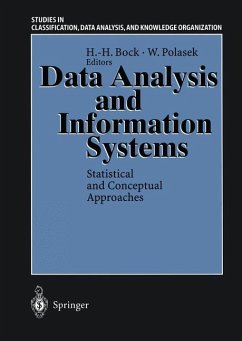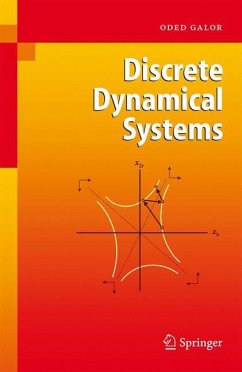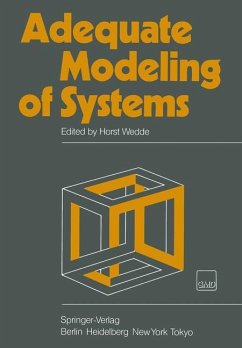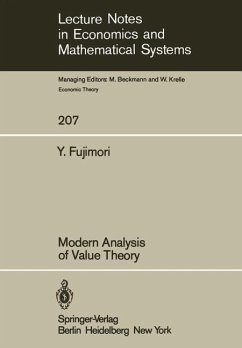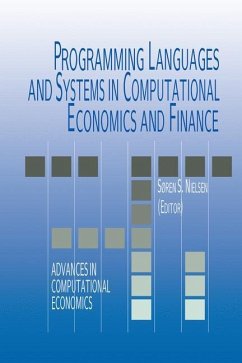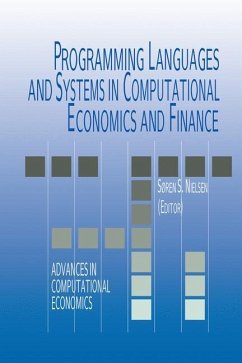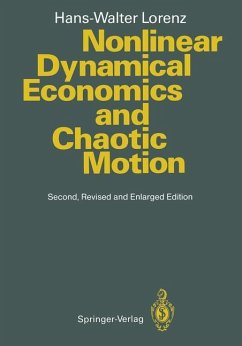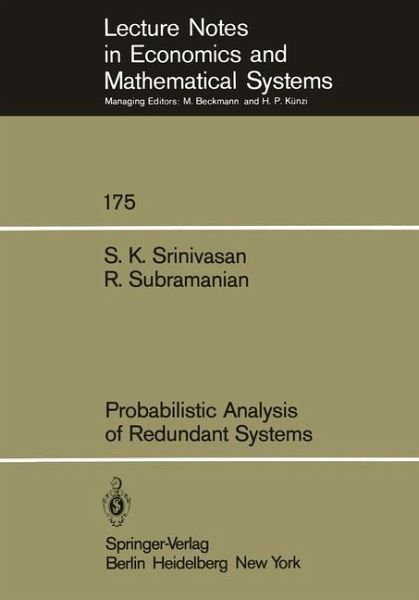
Probabilistic Analysis of Redundant Systems
Versandkostenfrei!
Versandfertig in 1-2 Wochen
77,99 €
inkl. MwSt.

PAYBACK Punkte
39 °P sammeln!
Reliability theory has become one of the important areas in Operational Research and Systems Engineering. Any system analysis, in order to be complete, must give due consideration to system reliability and availability. A system deSigner is often faced with the problems of evaluation and improvement of system relia bility and determination of optimum preventive maintenance schedule. In the solution of these problems, he is largely aided by mathematical mOdels. These models have received consi derable attention in the past several years following the satel lite era. The monographs of Gnedenko, ...
Reliability theory has become one of the important areas in Operational Research and Systems Engineering. Any system analysis, in order to be complete, must give due consideration to system reliability and availability. A system deSigner is often faced with the problems of evaluation and improvement of system relia bility and determination of optimum preventive maintenance schedule. In the solution of these problems, he is largely aided by mathematical mOdels. These models have received consi derable attention in the past several years following the satel lite era. The monographs of Gnedenko, Belyayev and Solovyev, and Barlow and Proschan describe the state of art of the subject upto 1965 and are largely responsible for the further work in the subject. The large number of papers and surveys that have appeared subsequently in journals devoted to Operational Research, Industrial Engineering and Statistical Quality Control amply demonstrate the overwhelming importance of the subjectin contexts other than satellite and space craft research. While there are very many important problems that stem from these models, atten tion has been largely confined to calculations of reliability of the system. In a lighter vein the authors feel that the original papers in the area have a common feature-oBJECTIVE ORIENTEDNES- the general theme of Operational Research and in general, it is carried too far and to a high degree of meticulousness. Thus there is a general need for a cogent account of all the results that have appeared in the literature.





